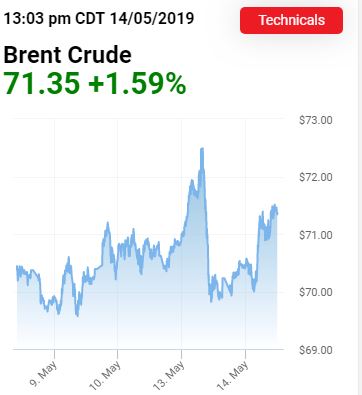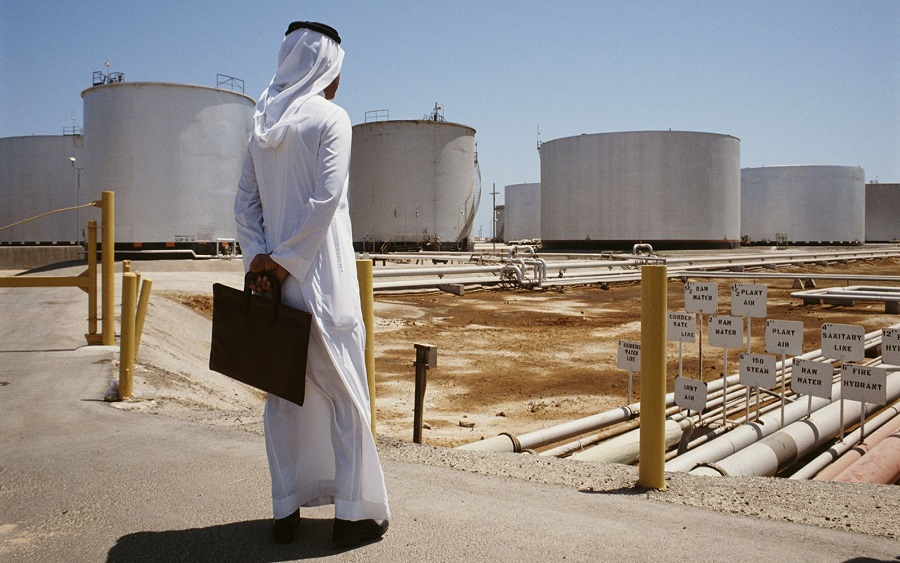The facilities of Saudi Aramco suffered setback early Tuesday morning after explosive-laden drones attacked two pumping stations belonging to the state-owned oil company.
The attack on the world’s largest oil exporter’s facilities happened just a few days after the United States deployed bombers and an assault ship to bolster an aircraft carrier in the region. In essence, the attack may further ratchet up Gulf tensions after the earlier sabotage of several tankers.
Saudi Arabia’s State news agency reported that Saudi Arabian Energy Minister, Khalid al-Falih described the attack on the company as an act of terrorism. Meanwhile, the Saudi Aramco will temporarily shut down its pipeline to evaluate its condition, adding that oil production and exports had not been interrupted.
Earlier Developments: On Monday, Saudi Arabia revealed that two of its oil tankers were attacked by saboteurs near the United Arab Emirates (UAE). Reuters further reported that UAE announced that a total of four vessels were attacked off its coast at the port of Fujairah.
Meanwhile, the co-founder of TankerTrackers.com, Samir Madani, stated in in a tweet that there were three Saudi tankers docked at Fujairah: one empty after returning from China, another one returning from the Saudi port of Yanbu loaded, and a small petrochemicals tanker.
https://twitter.com/Samir_Madani/status/1127838053647683584
In the meantime, the pipeline attack has been claimed by Yemenite Houthi militias, which are supported by Iran. Until now, no specific party has claimed the attacks on 4 vessels offshore Fujairah.
Oil Prices Spike: Following the attack on Saudi Aramco pipeline, oil prices have jumped. Essentially, oil Price recently fell and closed at $70.83p/b on Monday night. However, as at the time of filing this report, the oil price has jumped to $71.35p/b.

Nairametrics has earlier reported that Saudi Arabia is OPEC’s bull, as the country has so far played a hugely contributory role in oil supply cut, which has relatively upped the oil price to an average of $70 per barrel in last few months.
Saudi Arabia’s production cut pushed down OPEC’s crude oil production by 570,000 bpd from February to 30.23 million bpd in March. According to the monthly report of S&P Global Platts survey, OPEC’s current production cut in recent months represents the lowest production in more than four years.
Upshots: The attack on Saudi Aramco facilities may constitute hard hit on global oil supply and by extension, lead to a further reduction in oil supply and a rise in oil price. Although, this development may not be taken likely by the United State, countries like Nigeria may soon enjoy a windfall in revenue that will be generated in the next couple of weeks.


















